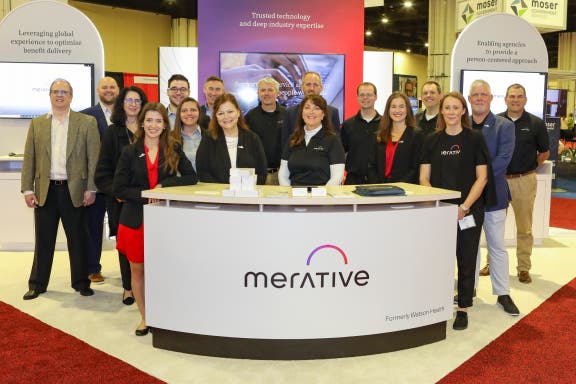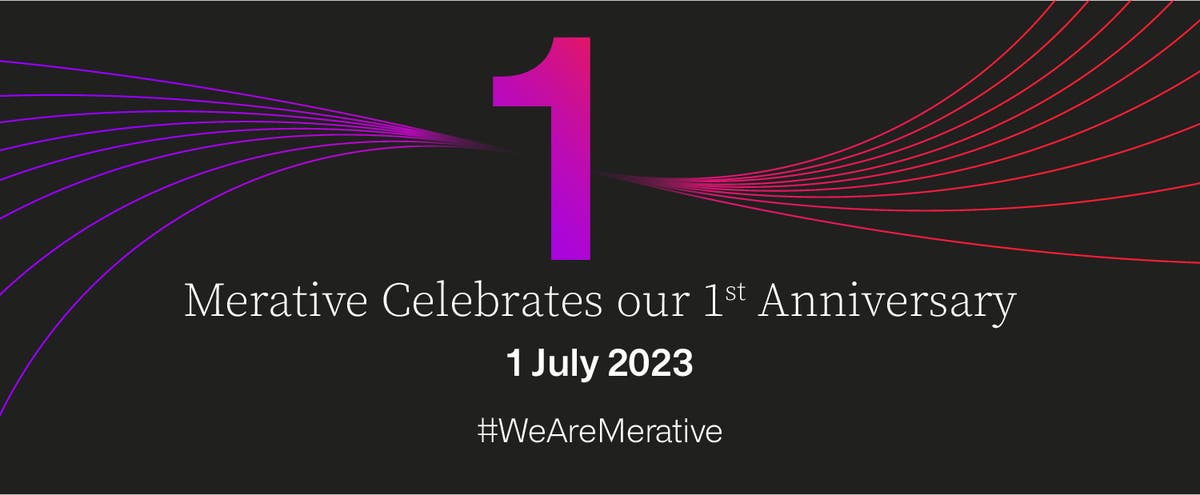What we learned: 3 takeaways from APHSA ISM 2022

Our Merative social program management team, including Merative’s integrated care solution, attended the 2022 Annual Conference & Expo produced by the American Public Human Services Association (APHSA) for the Information Technology Solutions Management for Human Services (ISM) affinity group. Here’s a recap from the event we know as ‘ISM’:
A common theme
We noticed a reoccurring thread throughout our time at ISM: government health and human services agencies must adapt to the changing needs of those they serve. Social services flexed in response to COVID-19, resulting in real shifts in how work got done and benefits were delivered. Now they must consider the next phase and how to maintain their gains.
3 Takeaways
Building on the theme of adapting to changing needs, we left with three main takeaways:
- Our clients care about people, not technology.
- Modernizing technology is the way to make integrated care work.
- COVID-19 spurred digitalization and innovation, but will it continue?
Takeaway 1 - “I don’t do technology; I’m a caseworker.”
This phrase, uttered by an attendee, was a concise reminder about what our clients care about: people. They work to improve the lives and better the futures of the vulnerable. Time is their greatest resource. They want to spend the least amount of time online entering data and running reports. About 20 percent of ISM sessions mentioned ‘putting people first’, creating ‘people-centered technology’ and ‘humanizing digital experiences.’
Which works out well for us! Our software is built and refined by user input on what’s working, what’s not and how to make it clearer. It’s an opportunity to emphasize the human-centered design and intentional ongoing user feedback that drives our portfolio of products.
We can highlight efficiencies gained through virtual assistant chatbots like Clark County, Nevada’s ability to screen 140,000 rental assistance applications via chatbot - and reroute 70,000 that weren’t eligible. According to Tim Burch, Administrator of Human Services, Clark County, Nevada, the digital chatbot saved caseworkers an estimated 6 months of work.
Takeaway 2 - There’s a desire for cohesive technology solutions
Over and over we heard about “enterprise data” and “platforms” and “portals.” In fact, almost half of the sessions mentioned platforms as the key to the future. While some of the sessions felt too sales-y, the point remains: a unified platform is the base for modernizing legacy systems.
Government health and human service agencies need a way to harness data in meaningful ways to improve access, services and population health. And it’s not just agencies. Clients also expect service-on-demand from a single, digital location – be it portal, mobile app or website.
These incredible numbers are possible because we know how to integrate data that streamlines multi-program eligibility, enrollment and administration. Our platform connects multiple systems and partners so agencies can collaborate to create whole-person care plans based on all the data, not just one siloed view.
Read how Sonoma County manages integrated care for its unhoused population.
Takeaway 3 - “There has to be a crisis for IT and organizations to move.”
Aaron Jaffery, Director General for Digital Experience and Client Data, Economic and Social Development Canada (ESDC) shared the above statement during our client panel, and it resonated. Agencies - including ESDC - pivoted quickly to provide emergency benefits, proving that a pre-pandemic 12–18-month build could launch in only 12 weeks. And that a 3-year plan to move government employees to partial remote work could, in fact, roll out in 60 days instead.
Across ISM, we heard praise for faster decision-making and collaboration in real-time that emerged during the pandemic. Policy makers and elected officials took a personal interest in social services – and it felt good!
No matter the crisis or the calm, Burch said it well: “The problems haven’t gone away for our constituents.” Top performing government health and social services agencies seek to solve their people’s problems and improve access to public welfare benefits using technology solutions.
Connecting with colleagues
While at ISM, we also connected with our people - colleagues, clients and partners. A few highlights:
- Displaying our new, Merative-branded booth - and receiving positive feedback on it
- Cheering for the Kansas City Chiefs vs. San Francisco 49ers during the vendor reception
- Hosting a client speaking panel featuring Rebecca Kirchheimer, Deputy Commissioner, NYC DSS; Tim Burch, Administrator of Human Services, Clark County, Nevada; and Aaron Jaffery, Director General for Digital Experience and Client Data, ESDC
- Drawing a crowd for our demo theater, expertly led by our own Liz Schnitter and Graham McCrindle
- Throwing a memorable celebration with more than 150 attendees at Flight Deck at The Capital Wheel
- Connecting with our partners and partner network, particularly Diona, eSystems and RedMane
Learn more about Merative’s social program management solutions
Related Articles

Merative Clinical Development has a new name
General Manager Jennifer Duff describes what the new name means for Merative’s...
By Jennifer Duff | 2 min. read

Merative’s first year: Focus and progress
Standing up Merative was a bold, complex move. To mark our first anniversary on 1...
By Gerry McCarthy | 4 min. read

Merative names Ashish Sant as General Manager for Merge
Effective today, 12 April 2023, Ashish Sant will lead Merge, Merative’s...
By Merative | 1 min. read
Ready for a consultation?
Our team is ready to answer your questions. Let's make smarter health ecosystems, together.
